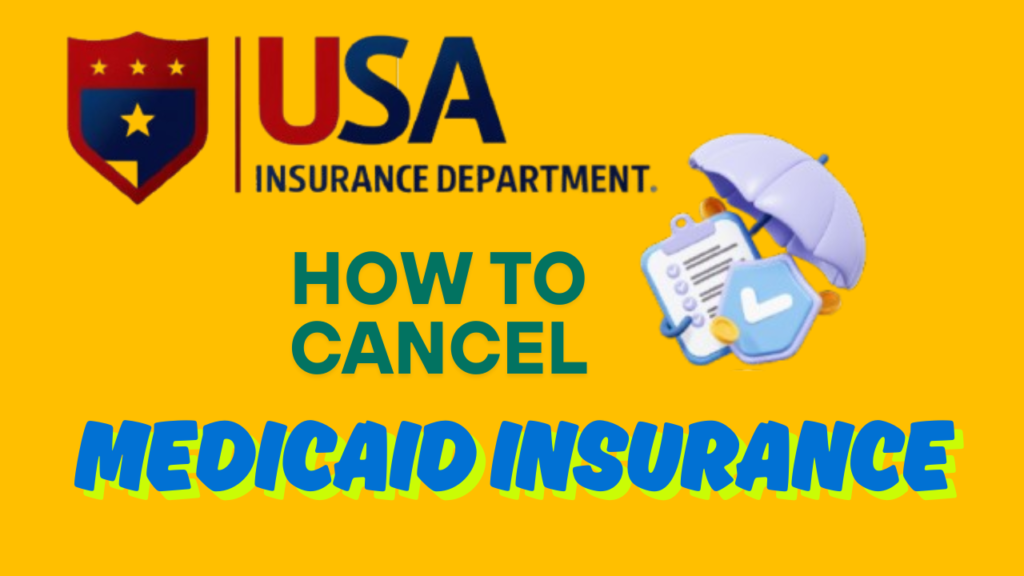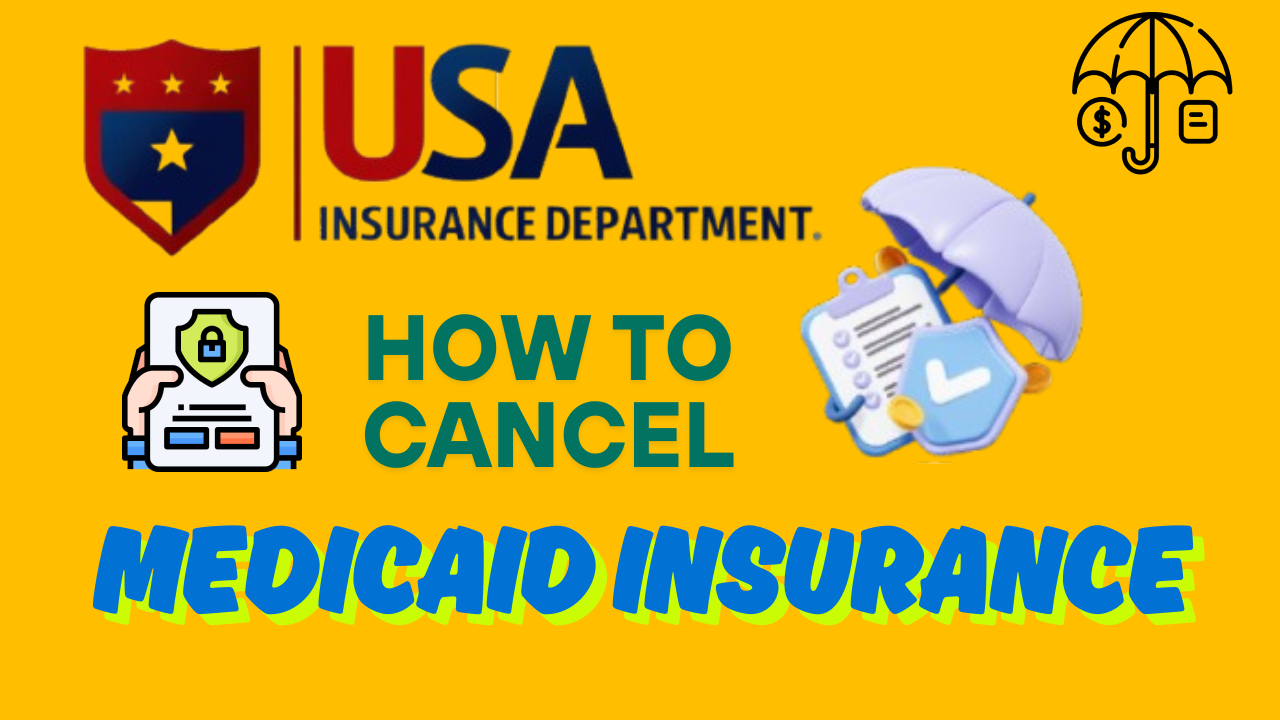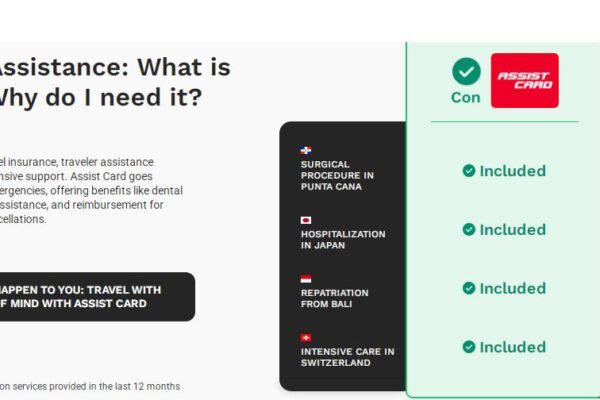Life happens. Whether you’re getting a new job with private insurance or simply no longer need government help, knowing how to cancel Medicaid insurance can save you a lot of future headaches. But where do you even start?
If you’re feeling lost or overwhelmed, don’t worry—you’re not alone. This step-by-step guide is written just for you, using plain English and real-life advice to help you navigate the process confidently.

What is Medicaid Insurance?
Before diving into how to cancel Medicaid insurance, let’s quickly revisit what it is. Medicaid is a state and federally funded program that provides free or low-cost health coverage to millions of Americans, including low-income families, seniors, people with disabilities, and pregnant women.
Each state manages its own Medicaid program, so rules and processes can vary slightly depending on where you live.
When Should You Cancel Medicaid Insurance?
Here are some common reasons people cancel Medicaid:
- You’ve gained private or employer-sponsored health insurance.
- You’re moving to a new state.
- Your income exceeds the Medicaid eligibility limit.
- You’re switching to Medicare or another public assistance program.
No matter the reason, it’s important to cancel your Medicaid insurance properly to avoid future issues like overlapping coverage, denied claims, or tax penalties.
How to Cancel Medicaid Insurance (Step-by-Step Guide)
1. Contact Your State’s Medicaid Office
Medicaid isn’t handled at the federal level directly—it’s state-specific. So, the first step is to call or visit your local Medicaid office. You can find your state’s contact details through Medicaid.gov’s state directory.
📞 Tip: Call during regular business hours. Some states offer online portals, but phone calls can often get things resolved faster.
2. Request to Cancel Coverage
When you connect with a representative, clearly state that you want to cancel your Medicaid insurance. Be prepared to give:
- Your full name
- Medicaid ID or case number
- Social Security number
- Reason for cancellation
Some states might require a signed form or written statement to process your request.
3. Use Your State’s Online Portal (If Available)
Many states allow members to log in to an online account (such as California’s Medi-Cal or New York’s NY State of Health) and cancel coverage from there.
Navigate to the benefits section, select your Medicaid plan, and look for a “Disenroll” or “Terminate Coverage” button. Always check for a confirmation screen or email after submitting.
4. Confirm Cancellation
Once you’ve submitted your request, ask for a confirmation in writing or via email. This will help you avoid being billed or penalized for having dual coverage later on.
⏱ Timeframe: Cancellations usually take effect at the end of the month in which the request was made.
What Happens After You Cancel Medicaid Insurance?
After you cancel Medicaid insurance, keep a close eye on the following:
- Get new coverage in place to avoid a gap.
- Update your healthcare providers about the change.
- If you’re transitioning to another program (like Medicare), make sure there’s no overlap or lapse.
Tips to Make It Easier
- Be polite and patient—Medicaid reps handle lots of cases daily.
- Write down who you spoke to, when, and what they said.
- Double-check if your new insurance plan starts immediately after Medicaid ends.
FAQs about Canceling Medicaid Insurance
1. Can I cancel Medicaid insurance at any time?
Yes, Medicaid is voluntary. You can cancel anytime, but make sure you have alternative coverage in place.
2. Will I lose coverage immediately after canceling?
No. Medicaid typically ends at the end of the month, giving you time to transition.
3. Do I need to cancel Medicaid insurance if I get a job with health insurance?
Yes. If you’re no longer eligible, you should cancel to avoid confusion or dual coverage issues.
4. Will canceling Medicaid insurance affect my taxes?
Possibly. If you have overlapping coverage, it could impact your tax credits or cause issues during tax filing.
5. How long does it take to cancel Medicaid insurance ?
It varies by state but usually takes a few business days to a few weeks.
6. Can I reapply for Medicaid later?
Yes. If your situation changes, you can reapply anytime you meet the eligibility criteria.
7. What if I move to another state?
You’ll need to cancel Medicaid in your current state and reapply in your new one. Medicaid does not transfer automatically.
Final Thoughts: Take Control of Your Health Coverage
Knowing how to cancel Medicaid insurance doesn’t have to be intimidating. With the right steps and a little patience, you can make the transition smoothly. Whether you’re starting a new job, moving states, or switching plans, staying on top of your health insurance helps you stay protected—and empowered.
👉 Need help understanding your Medicaid options or finding new coverage? Contact your state’s Medicaid office or visit Healthcare.gov for more guidance. USA insurance Department can help you to cancel Medicaid Insurance at any time.





